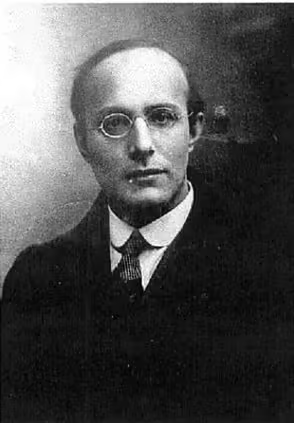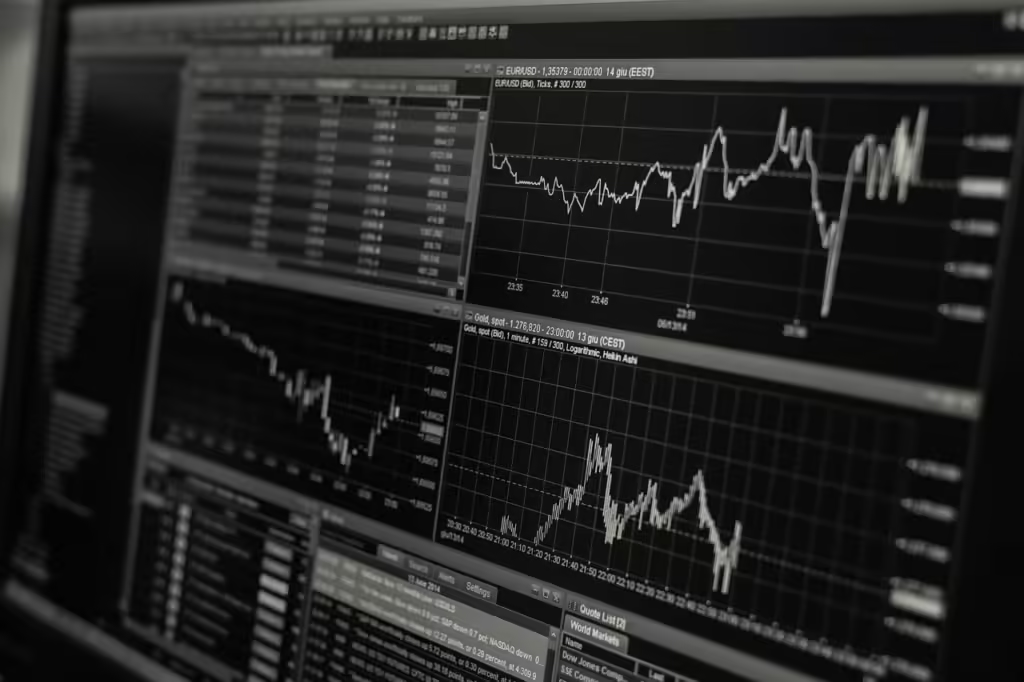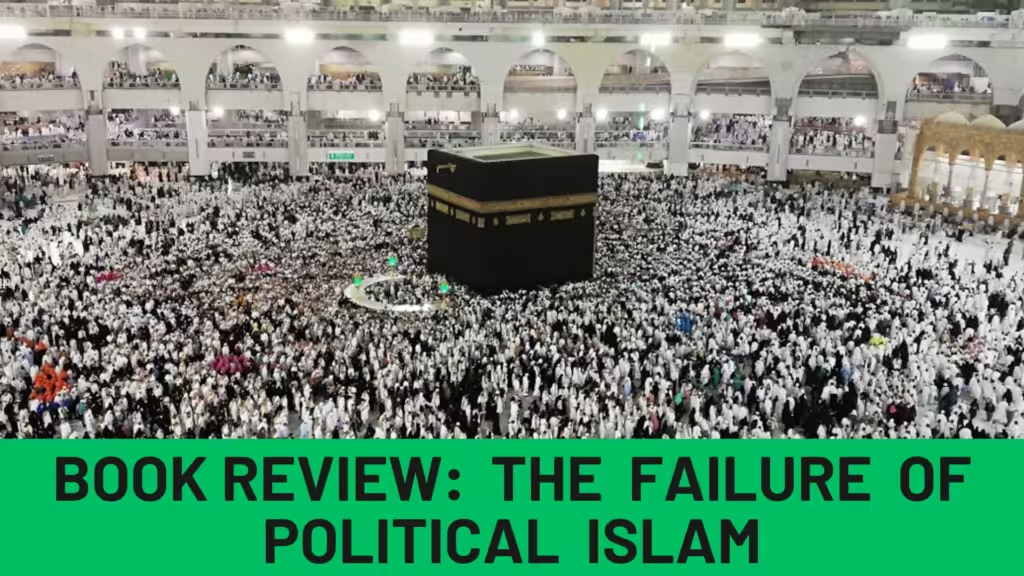Few scholarly works have modest beginnings but have become one of the most renowned seminal works. An epitome of it is The Great Transformation by Karl Polanyi. The book didn’t have spectacular beginnings but eventually, decade by decade, after being discovered by economic historians, it became what it is. Perhaps what is most fascinating about the book is its contemporary relatability and relevance, especially its critique of capitalism and the failures of socialism. We are, in modern times, constantly perplexed by rising inequalities and poverty. A reader of this book is made mindful of the non-secludedness of 21st-century people in this respect.

There has been a constant tussle between proponents of the welfare state and that of the market economy. With most of the examples from Britain – since it was the largest economy and hence the leader of the world since the mid-eighteenth century up until the World Wars– Polanyi attempts to recreate the social, economic and political circumstances, which predated the tussle and demonstrates in a nuanced manner the seismic sociological shifts that were a consequence of the economic shift to market one and how a reactionary movement has reasserted the social ‘embeddedness’ and hence resulted into a ‘double movement’ around the world.
This is related to the central takeaway of the book: the shift to a market economy– which Polanyi calls a stark utopia– and free trade, the laissez-faire, was not, contrary to popular perception, a natural one, and that such an emphatic transition has resulted in a ‘great transformation’ on the international level, namely the various attempts to establish a balance of power among others.
The book is divided into three parts. The first and last parts are relatable, both of them describing the World Wars and their consequences. It is the second part that forms the kernel of the book, recreating the social, political and economic circumstances of pre-capitalist times and slowly Polanyi establishes his argument. He mentions the ideas and thoughts of classical economists like David Ricardo, Thomas Malthus, James Mill, Adam Smith and so on and how ground-breaking and radically different their economic thoughts were when compared to their predecessors. The economy of a region has always had a cultural, social and political bondage.
Attempts by the state, which was at the time of the Industrial Revolution an imperial one, had detached the society from its traditional works. Later, as the Industrial Revolution continued and technologies began to improve, a liberal creed was born that was a proponent of social liberalism. Polanyi asserts that a market economy can only exist in a market economy-oriented society, that economic liberalism is held firm by the liberal society and that the state, after relinquishing its numerous rights and monopolies, has created administrative and social safeguards to protect it from withering away or capitulation.
The story that Polanyi tells in the second part revolves around the emphatic shift to a market economy and its responses. And the history has repeated itself on several occasions. “1920s were foreshadowed by 1790s”, he asserts. He attributes the rise of fascism in Europe to the rise of the market economy in the nineteenth century, and that fascism forms a part of the greater chasm between economic centralization and liberalization. The book ends just at the point where it began – Europe of the 1940s.
Concepts introduced by Polanyi
The opening part– describing the international system of the 1940s– invokes curiosity in a reader. There is little doubt over the existence of the Economy of War. But what Polanyi shows is the existence of the Economy of Peace and how both of them are interrelated. He asserts that the earliest attempts to achieve the balance of power in Europe – the Congress of Vienna followed by the Concert of Europe– were buttressed by haute finance and the collapse of this finance allowed states to risk world wars. Hundred Years’ Peace (1815 -1914) rested its existence on a “torrent of finance”. Peace was not intentional but was circumstantial. It wasn’t that, according to Polanyi, peace was deliberate, but war was now less desirable since the existence of peace was imperative to the proper functioning of the economy.

Hence, a way was paved for the balance of power as other means of countering unfavourable situations. The existence of small powers was necessary for such a situation to continue. The Gold Standard which was born in the 1870s was the guardian of liberalism. Polanyi considers it a magnificent achievement of liberals. But having said that, it wasn’t that the economy of war had faded out. The industry of war had remained intact and relied upon less significant wars between small states, but all-out wars between great powers were now counter-productive.
The economy of war supported the ruthless suppression of small and weak states, not to mention the numerous colonial wars. However, the involvement of great powers that were direct beneficiaries and guardians of haute finance in a war amongst each other would jeopardize financial interests. The direct involvement of institutions of haute finance in peace deals between great powers became a regular occurrence. In other words, haute finance became, although by accident, the guardian of peace in Europe.
Haute Finance not only brought peace but also stability in the region. But as the institutions that had been slowly established over decades were destroyed by the Great War and Treaty of Versailles, the stability it had created waned. First, the treaty stipulated unilateral de-militarization of Germany hence destabilizing the balance of power. Second, the Gold Standard was revoked due to the Second World War and was substantially restored only in 1927. Third, the massive war reparations inflicted upon Germany made it difficult for the country to return to the gold standard which later paved the way for the rise of Fascism in the country. Currencies all over Europe plummeted as a result.
The League of Nations was inherently weak and ineffective when compared to the Concert of Europe to maintain peace without liberalism and an open market is there. The loss of the gold standard and the collapse of institutions made it easy for economic conservatives to interfere. Polanyi differentiates the First and Second World Wars by their nature. The First World War was a consequence of a “lapse of Balance of Power” while the Second was a part of a “much larger upheaval”. The scale of the Second World War might have been unprecedented but the war wasn’t.
Polanyi then jumps to the origins of the ‘self-regulating’ market. This part is particularly spectacular. Polanyi delves into the historical, anthropological, communal and sociological aspects of the economy with exemplifications to establish his argument. The economic liberals have had a poor understanding of the sociological aspects of the economy. Polanyi makes it clear that “Nowhere has liberal philosophy failed so conspicuously as in its understanding of the problem of change.” Particularly grappling are his arguments on disruptions of a society ‘embedded’ in its socio-economic traditions that is a vowed adversary of the market economy.
He counters the ever-prevailing liberal argument that man is inherently and precociously oriented towards the maximization of profit. Instead, it is a nineteenth-century construct. The market economy attempts to reorganize the already organized society, organized according to local customs. The underlying principle of his argument is that before the arrival of capitalism, every commodity wasn’t there for sale. The barter system, for example, was operated on compassionate grounds. However, after the Industrial Revolution and its accompanist capitalism, every form of commodity is up there for sale.
Polanyi doesn’t stop here. He further asserts his most celebrated argument of the book– that an absolute self-regulating economy is a ‘stark utopia’. It is because, according to Polanyi, the commodification of non-commodities in a pure market economy, i.e. land, labour and money are treated as commodities in an absolute self-regulating economy. The sociological aspect of all three implies that they cannot be treated as commodities that are up there for sale and allowed to fluctuate according to principles of demand and supply. Polanyi calls these three fictitious commodities since their commodification is fiction.
First and foremost of the fictitious commodities is the labour which is a matter of livelihood. It had hitherto never been treated as a product but as a service regulated according to local customs and laws of organized societies. The labour was intrinsically connected to land. Market mechanisms cannot be the sole director of the fate of people. The market practices allow labour to be used and unused according to fluctuations. Second, the land has traditionally been a deciding factor of status and wealth. But as industries began to be set up, people were started to be deprived of land by enclosures. Land cannot be detached from the lives of people or be mobilized.
He emphasizes that “the postulate that anything that is bought and sold must have been produced for sale is emphatically untrue regarding them”. Similarly, money wasn’t a well-established institution when the market economy emerged. It was not a product that could be regulated according to market conditions. It was a token of purchasing power that was fixed (mostly in the form of gold, silver etc.). But what mercantilism did to nationalize the fictitious commodities is that it “unified these practices”. Coupled with economic liberalism, it attempted to completely separate economic and cultural spheres of the society, or at least create all-out new spheres of political economy. The market has made society inferior to it.

It is this self-regulation that has triggered a reactionary welfare-ism. With commodification of labour, land and money there emerged societal responses that were resistant to the changes or who began to experience the devastating implications of the economic shift. With the industrial revolution and machinery, the arable lands were converted into pastures. The first wave to industrialize the state was of wool and cotton. The commodification of labour ensured inequalities. Hence slums popped up in cities and towns. The pauperism was thought of as a separate phenomenon and not a consequence of progress, a consequence of administration malfunction rather than the global economy.
The ‘invisible unemployment’ as Polanyi calls it, was due to fluctuations in trade. It was only in the eighteenth century that the thinkers became cognizant of the inseparability of pauperism and industrialization. But pauperism was a display of misery. Partly to prevent such miserable pauperism and partly to prevent the likes of the French Revolution at home, Speenhamland law was enacted. Passed in 1795, it was a measure to prevent the creation of a labour market. But it was a preventive measure to the commodification of labour while tacitly approving the commodification of land. According to the law, subsidies were to be provided to waged labourers ‘in accordance with the price of bread’. The law was initially hailed for giving labourers the ‘right to live’. “Neither the rulers nor the ruled ever forgot the lessons of that fool’s paradise”, comments Polanyi upon the practicality of the law.
The sheer incompatibility of wage system and welfare-ism was brought naked. It was, in fact, the first response to the market-oriented social organization. It was considered a liberalization of an Elizabethan law named Poor Law that mandated the labour to work on the available wages. As a consequence, people became poorer and started to live entirely on guaranteed wages. It made the labour ‘good-naught’. Hence once again after the realization, commodification of labour was allowed under the New Poor Amendment of 1834. Now the labourers were completely left to themselves. If the Speenhamland Law made them good nought, now they were expected to take care of themselves against all odds. However, this incident didn’t cease the welfare-ism. It was to return once again.
Another unnatural phenomenon, other than the fictitious commodities, that Polanyi talks about is the market-oriented economy. It is a constructed phenomenon to self-regulate the prices of commodities on a national or international level. Natural are, though, the local markets. Both local and external markets lie on a different kind of structure. “Markets are not institutions functioning mainly within an economy, but without” he argues. The external market is a completely created phenomenon. But that doesn’t mean that the existence of trade rests on the market. Trade has been there without the existence of proper markets.
Polanyi asserts that trade is less about economy and more about “adventure, exploration, hunting, piracy, and war”. The central argument of Polanyi about this is that the evolution of markets was forced upon by the state and that a market economy can only function in a market society.
Polanyi seems to be uncomfortable with disruptions that prevailed during the rise of the market economy in Europe, but he agrees that not adapting to the market values might be counter-productive‐ that instead of mitigating the problems it would aggravate the situation. He also seems to be uncomfortable with the birth of the ‘liberal creed’ as a long-term result of the prevalence of the market economy coupled with the rise of the middle class gave rise to more democratic reforms in the nineteenth century. The liberal scholarship had given birth to Naturalism.

The aim of social thought was now the reintegration of society into the human world. Each social class now stood for the interests of not just their own but also of others. The disappointment of the economic liberals, according to Polanyi, was instrumental in transforming them from liberals to ‘collectivists’. This disappointment, Polanyi says, was a result of magnificent assumptions that laissez-faire and self-regulation were a natural occurrence. Polanyi’s critique of self-regulation as ‘absurd’ applies here. The economic liberals were dismissive of the forceful legislation that had in the first place led to free market reforms. The free market couldn’t be free from administrative compulsions. As a result, the collectivist countermovement that occurred was concerned with a broad range of social issues.
This gave birth to the next phase of great transformation – the chartist movement and parliamentary reforms. Interventionism was regarded as a ‘covert’ operation by liberals to sabotage the freedom of markets. But as Polanyi makes it clear social protection under the garb of welfare-ism was not analogous but often the same as interventionism. However, Polanyi sees it as a mere change of hands of interventionism –that commercial not industrial property was to be protected, not “against the crown but against the people”.
Conclusion
The First World War was a continuation of this system that had replaced the previous local one. However, just as the Great War ended, its disastrous consequences paved the way for the return of centralization of the economy. The liberal governments were replaced in France, Germany, and Italy among others by interventionists. The Great Depression was attributed to providing the then-president of the United States Franklin Delano Roosevelt sweeping powers. One of the greatest takeaways of the book is the economic conditions making the rise of Fascism conducive.
The entire book of Karl Polanyi is a description of the continuous clash between society and economy. The society makes economy conducive to growth as it governs the cultural and political sides of the economy. The current wave of Globalization, for example, needs a highly liberal culture and political environment. However, the clash isn’t smooth and Polanyi puts it well with historical references. Whatever the course of this clash, the book will continue to influence future events, and for that matter future scholars. The book is and will remain an important milestone in the history of political economy.




